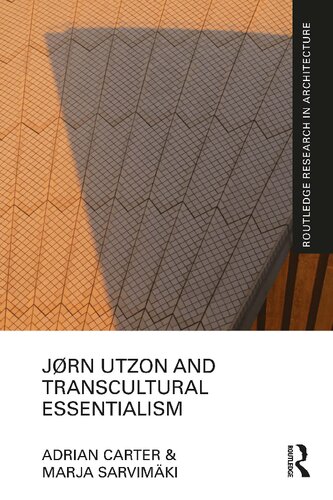

Most ebook files are in PDF format, so you can easily read them using various software such as Foxit Reader or directly on the Google Chrome browser.
Some ebook files are released by publishers in other formats such as .awz, .mobi, .epub, .fb2, etc. You may need to install specific software to read these formats on mobile/PC, such as Calibre.
Please read the tutorial at this link: https://ebookbell.com/faq
We offer FREE conversion to the popular formats you request; however, this may take some time. Therefore, right after payment, please email us, and we will try to provide the service as quickly as possible.
For some exceptional file formats or broken links (if any), please refrain from opening any disputes. Instead, email us first, and we will try to assist within a maximum of 6 hours.
EbookBell Team

4.8
24 reviewsThis book introduces and defines the burgeoning concepts of transculturalism and essentialism and how they relate to one another, as articulated with reference to the work of Jørn Utzon. It introduces critical contemporary perspectives of the design thinking and career of this renowned Danish architect, internationally recognised for his competition-winning, iconic design for the Sydney Opera House – an outstanding exemplar of transcultural essentialism in architecture.
Transcultural essentialism is analysed through the lens of critical regionalism and architectural phenomenology, with emphasis on the sense of place and tectonics in Utzon’s architectural works. It provides a new understanding of the Danish architect as an early proponent of a still emergent and increasingly relevant direction in architecture. Going beyond biographical studies, it presents a more comprehensive understanding of the broad range of transcultural influences that formed his thinking.
The volume includes numerous previously unpublished photographs, drawings, and interviews with Utzon’s family members, former students, and colleagues, offering a significant contribution to the existing body of knowledge for any architecture scholar interested in Utzon’s work and design principles. The book also comprises a Foreword by eminent architecture theorist Juhani Pallasmaa in which he provides insights into the wider architectural and cultural context of Utzon’s worldview.